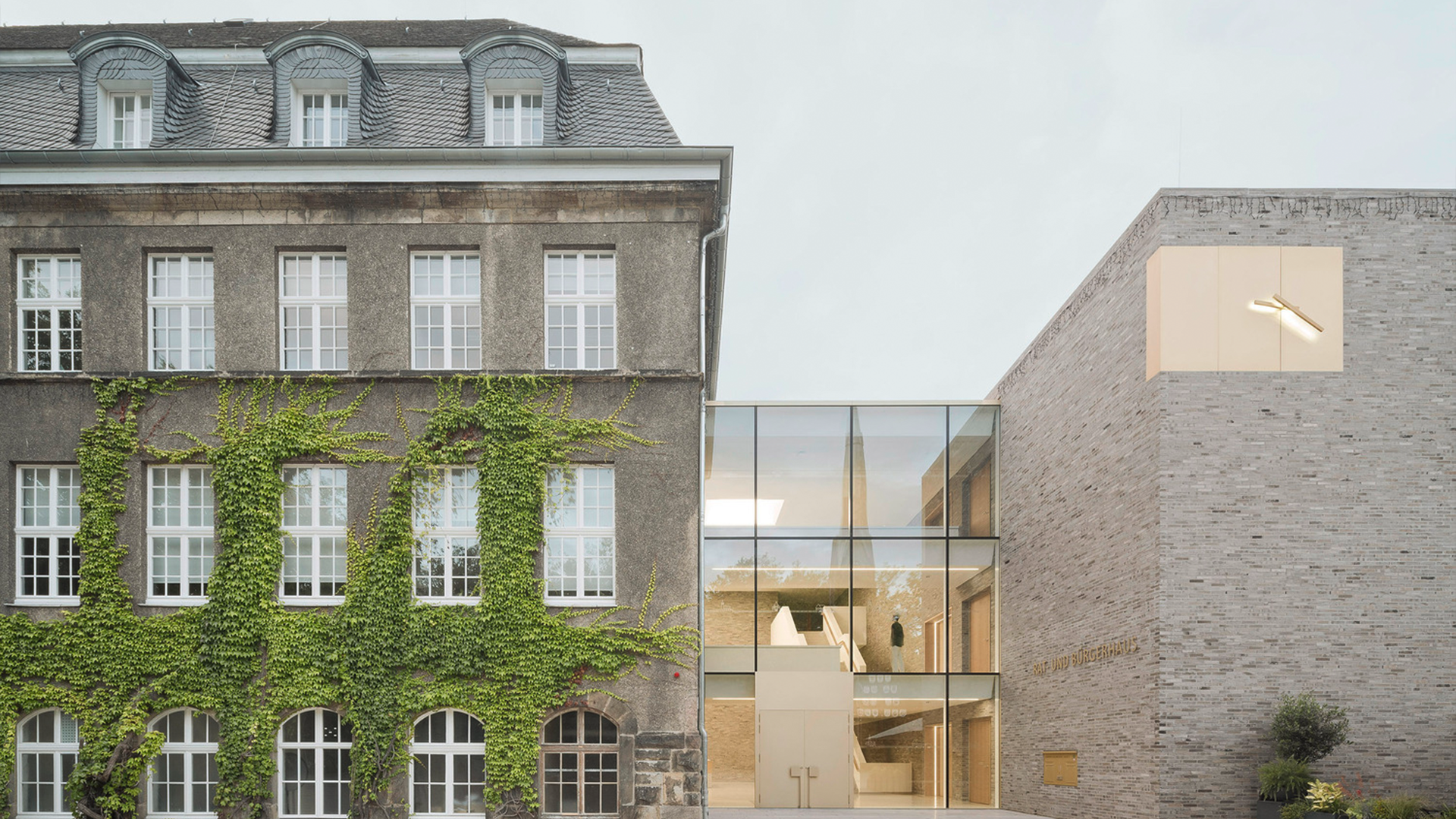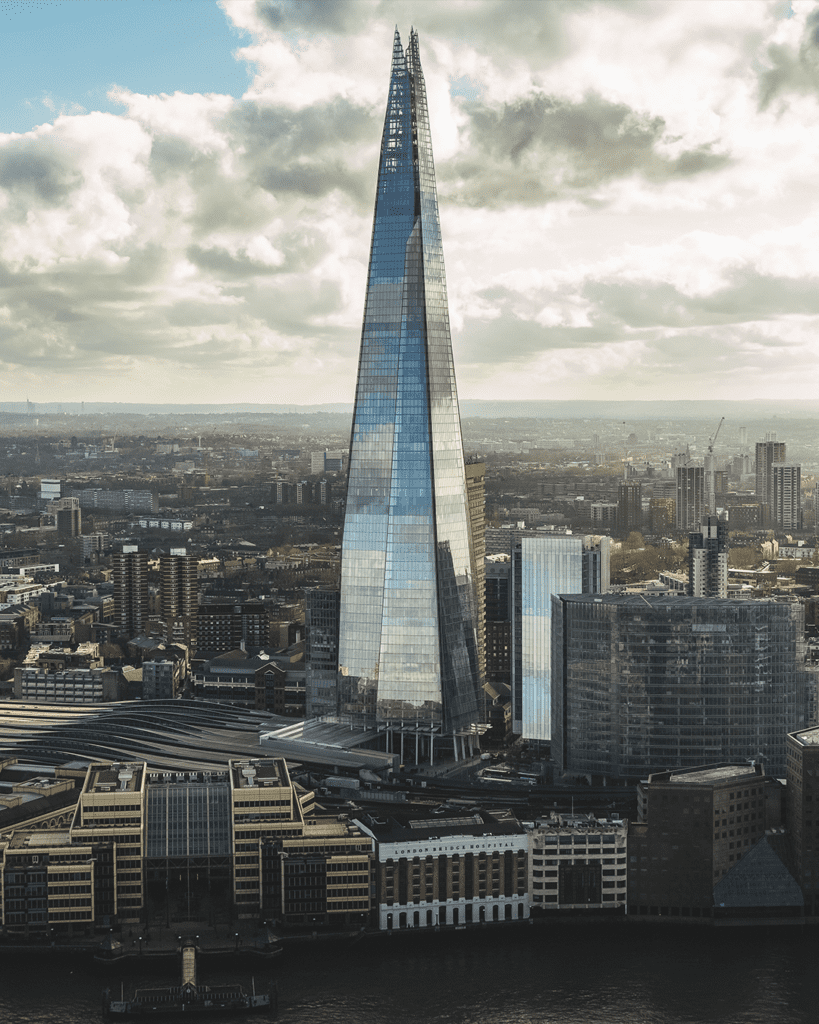Building New vs Building ‘Old’
When you build something new, should it look “old,” or should it look new? This question captures a fundamental challenge in the industry today. Let’s dive into the intricacies of blending historical essence with contemporary flair
Embracing New While Honoring the Old
Clients often express a desire for new buildings that possess an aged appearance, yearning for structures that seamlessly blend into their surroundings as if they’ve been there for generations. This longing stems from a deep-seated appreciation for established character and the allure of historical ambiance. The appeal lies in the sense of continuity and connection to the past that such buildings provide, offering a comforting familiarity in rapidly changing urban environments. However, while this desire is understandable, it’s crucial to recognize the importance of maintaining architectural diversity in our cityscapes. A varied architectural landscape enriches our environment, much like the diverse composition of a family. Just as a family unit comprises both older and younger members, each contributing their unique perspectives and energies, our urban fabric benefits from a similar mix of architectural styles and ages. Consider the charm of green clad, vintage homes with their intricate details and patinated facades. These structures stand as testaments to bygone eras, carrying within their walls stories of the past. Now, imagine these historical gems coexisting harmoniously with sleek, modern buildings that showcase contemporary design principles and cutting-edge technologies.
The Global Perspective
Drawing inspiration from global architecture, particularly Europe, can offer invaluable insights into harmoniously blending old and new buildings. Many European cities have mastered the art of seamlessly integrating modern buildings alongside ancient landmarks, creating a captivating urban tapestry that spans centuries. For instance, consider how the Shard in London coexist with centuries-old buildings. These modern marvels don’t attempt to blend in by adopting historical styles. Instead, they stand as bold statements of their time, creating a striking contrast that enhances rather than detracts from the overall cityscape. It creates visually engaging streetscapes where the eye can wander from ornate Gothic cathedrals to sleek glass-and-steel towers within the same view. More importantly, it reflects the living, breathing nature of cities – places that honor their past while continually evolving and embracing the future.
The Role of Historical Context
Historical buildings have stories and charm. They are testaments to their times and offer a glimpse into the past. Preserving these buildings is essential, but that doesn’t mean new constructions should mimic them. A new building should be a statement of its time. Let it carry forward innovative ideas, modern designs, and contemporary values. This approach not only keeps the architectural history alive but also pushes it forward.
Importance of Architectural Diversity
A city filled only with modern structures would be bland. Similarly, a city with just old buildings could feel stagnant. Architectural diversity is key. It keeps the environment lively and engaging. Old and new buildings provide a rich dialogue, telling stories of different eras. This blend offers both familiarity and novelty, making urban life more stimulating and enjoyable. The juxtaposition of old and new plays a significant role in creating rich environments. It fosters a sense of continuity and progress, reflecting the evolution of society. By celebrating this mix, cities become culturally and architecturally diverse. This balanced approach can lead to sustainable growth, innovation, and a deep sense of place.
Striking the Perfect Balance
Undoubtedly, balancing old and new in architectural design is a delicate art. In essence, it’s about thoughtfully celebrating history while simultaneously embracing the future. By skillfully creating unique, fresh buildings alongside nostalgic ones, we consequently enrich our urban landscapes. This harmonious blend not only preserves the past but also, more importantly, paves the way for a vibrant future. Therefore, let’s approach new construction with innovation in mind; instead of merely mimicking the old, we should strive to create striking complements that enhance the overall architectural tapestry.
Building New? Consider Us
At Arc Three, we specialize in creating innovative and contemporary architectural designs that reflect the uniqueness of each project. Our approach blends functionality, aesthetics, and sustainability, ensuring that every building not only meets your needs but also enhances the surrounding environment. Whether you’re planning a residential home, commercial space, or public building, our team of experienced architects and designers is dedicated to bringing your vision to life. With a focus on cutting-edge design and attention to detail.


